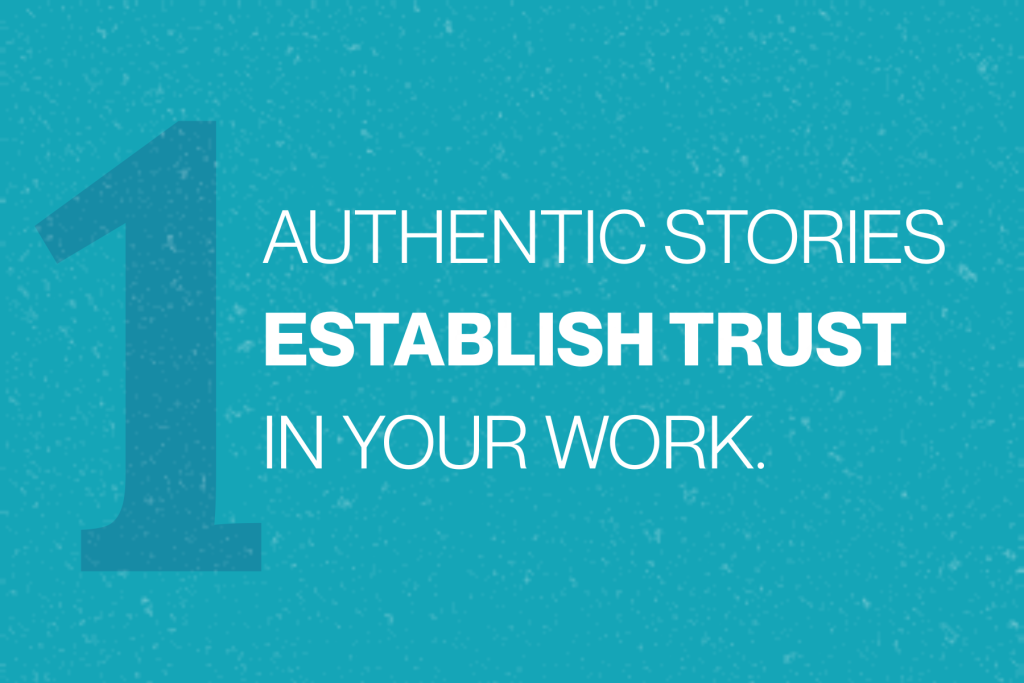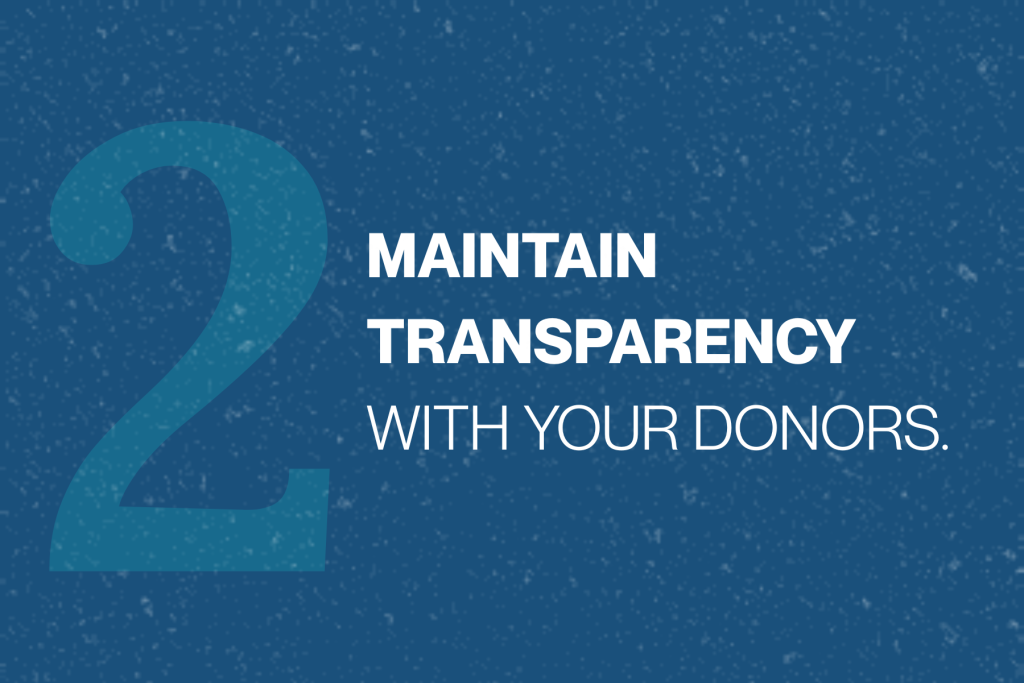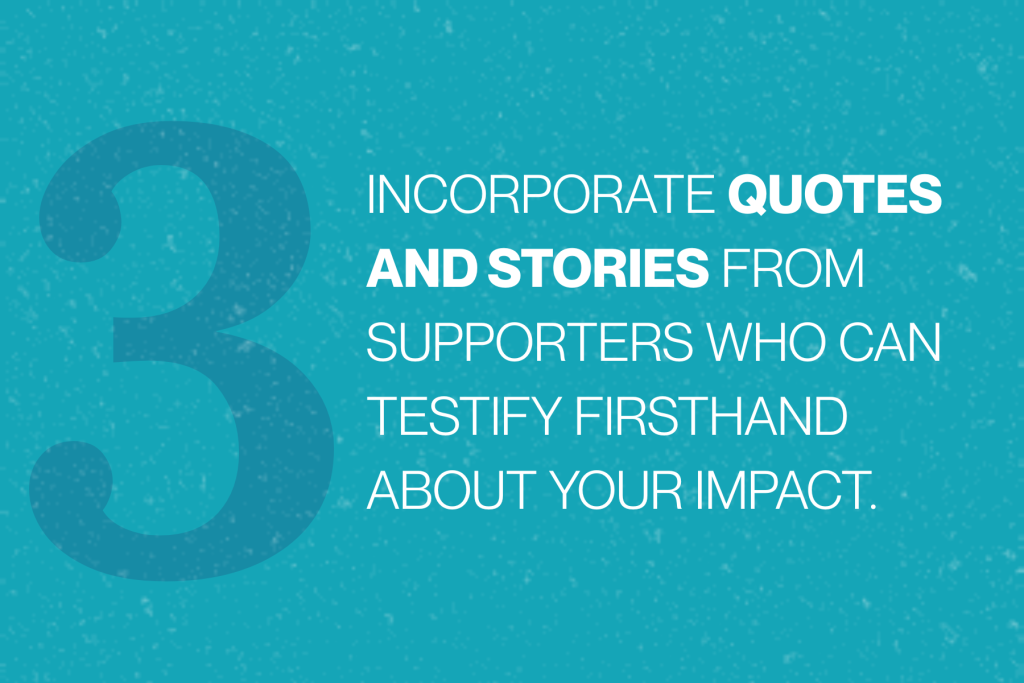“Do you trust me?”
We’ve all heard these loaded words.
In the nonprofit sector, trust is paramount. Without trust that a nonprofit is truly doing good, long-term donors will cancel their recurring gift, volunteers will step away from service and partners will end their collaboration.
In a world flooded with AI-generated content, we’re being subconsciously influenced to question whether what we’re seeing is true.
And unfortunately, trust in nonprofits is dwindling. For nonprofits that are committed to community change, this lack of trust can mean tighter budgets and dwindling impact.
So how do you build — and maintain — trust with your audience?
Here’s what we’ve learned over the years of managing marketing for nonprofit clients!

We’ve said it before, and we’ll say it again: storytelling works!
To effectively use storytelling, you have to do more than churn out a story about every person you serve who’s willing to schedule an interview. The stories you tell influence how people view your brand and mission, so select the impact stories that demonstrate the goal of your mission. Then, tell them with honesty.
While you’d like to share that each story ended with all your clients’ needs being met, you and your team know you can’t solve every problem. Use these stories to show how you can alleviate some of the suffering or stressors that fall within your mission statement.
If you fight housing insecurity, show how your efforts helped a family find a place to live or brought them a step closer to stability. If your organization provides foster care support, don’t be afraid to describe the hard and messy parts of care while emphasizing how your organization lightens the load or encourages the parents and children walking this long road.
Vulnerability and honesty remind your supporters you’re doing real work, and real work doesn’t always end with every “t” crossed and every “i” dotted.

As you build a social media campaign or schedule an email blitz, determine your organization’s specific goals and clearly communicate your objectives. Without a clear purpose, it’s likely your donors are imagining their money falling into the black hole of “operating costs.”
Instead, inject clear language into your campaign, such as:
“We’re raising $35,000 to launch our new tutoring program. This money will cover the costs to rent space for six months and provide school supplies for 100 students.”
Once you’ve raised these funds and thanked your donors, keep them up-to-date on this initiative’s progress through fun and informative content. You could share a video compilation or photo carousel of volunteers shopping for school supplies, students learning in this new space or local teachers explaining how their students have improved because of your program.
These posts not only expand your social media reach and demonstrate your impact to new donors, but they also remind current donors how their money is being used for change.

Who better to highlight your impact than the people rolling up their sleeves to help?
Share quotes from your donors, volunteers or partners in the captions of your social media posts, on pages in your website or in a section of your newsletters. And if possible, put a face to their name with photos of them. (Bonus points if they film a video so you can take advantage of social media’s trend toward short-form video content!)
One campaign style we also find helpful is peer-to-peer campaigns! This type of campaign encourages your current supporters to share more about your organization with their network to convert new supporters.
While you shouldn’t rely solely on those who donate their time and money to do the heavy lifting of expanding your reach, occasionally encouraging your supporters to share your posts or email their network reminds them of their vital role in your mission. And building trust with these new supporters will be even more effective if they already trust the family member, friend or colleague who referred them. It’s a win-win!
So as you finalize your year-end campaigns and look ahead to 2026, think about trust!
We know as well as you do that you can’t control how your community, your state or the entire United States views nonprofits as a whole. But you can tailor your messaging to ensure your base of supporters knows you are stewarding their support well to make a meaningful difference.

